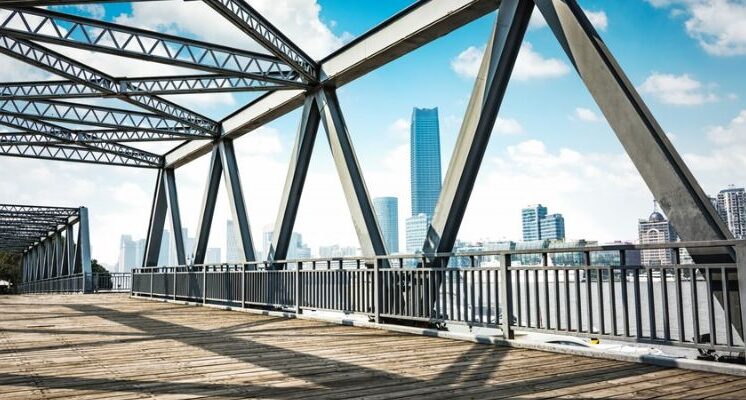Steel Innovations: Building A Better Tomorrow

Steel has been a fundamental material in the construction industry for centuries. It’s valued for its strength, durability, and versatility. Today, innovations in steel technology are reshaping the way we build, offering both sustainable and cost-effective solutions. These innovations are not only changing the construction landscape but are also contributing to a better and more sustainable future.
One of the key innovations in steel is the development of high-strength, low-alloy (HSLA) steels. These steels are designed to offer exceptional strength while reducing the need for thick and heavy sections, leading to more efficient structures. HSLA steels are employed in a variety of applications, from bridges to skyscrapers, allowing architects and engineers to create more intricate and cost-effective designs. Steel dealers supply a wide range of steel products, serving construction and industrial needs with quality materials and expertise. Find your reliable source today.
The introduction of weathering steel, often referred to as Corten steel, is another significant innovation. This type of steel forms a protective layer when exposed to the elements, reducing the need for costly maintenance and painting. Steel suppliers find weathering steel especially valuable in outdoor and architectural applications, where aesthetics and durability are crucial.
In the pursuit of sustainability, researchers have been working on developing greener steel production processes. One promising method is hydrogen-based steelmaking, which uses hydrogen as a reducing agent instead of carbon, reducing carbon emissions significantly. This could be a game-changer in the steel industry’s efforts to reduce its carbon footprint and contribute to a more environmentally friendly construction sector.
Beyond the production process, steel innovations extend to design and construction techniques. The use of modular steel construction is gaining momentum. JSW dealers find off-site construction of steel modules not only speeds up the building process but also minimizes waste and disturbance to the surrounding environment. This approach is particularly attractive for urban areas where space is limited and construction efficiency is critical.
Advancements in coatings and surface treatments are also enhancing the durability and performance of steel. Self-healing coatings, for example, can repair minor scratches and corrosion, prolonging the lifespan of steel structures. These innovations reduce maintenance costs and extend the service life of buildings and infrastructure.
Innovations in seismic design and construction are a boon to regions prone to earthquakes. Steel structures, often reinforced with MS chequered plate, can be engineered to withstand seismic forces. The development of base isolation systems, which allow a building to move independently of the ground motion, enhances safety during earthquakes. These technologies are particularly crucial for cities located in seismic zones.
Steel is also playing a pivotal role in the development of sustainable infrastructure. The concept of “green steel” involves using recycled steel and reducing the environmental impact of production. By recycling and reusing steel, we can save energy and resources, ultimately decreasing greenhouse gas emissions.
Moreover, the circular economy, along with considerations like Sail TMT Price, is gaining traction in the steel industry. This approach promotes the reuse, refurbishment, and recycling of steel components, reducing the need for new materials and minimizing waste. This shift towards a circular economy not only contributes to sustainability but also offers economic benefits.
In conclusion, steel innovations are transforming the construction industry, making it more sustainable, efficient, and resilient. These advancements are crucial in addressing the challenges of the 21st century, from climate change to urbanization and disaster resilience. Steel, with its enduring strength and adaptability, continues to play a central role in building a better tomorrow. As technology and research in the field of steel continue to evolve, we can anticipate even more groundbreaking innovations that will redefine the way we construct our world.